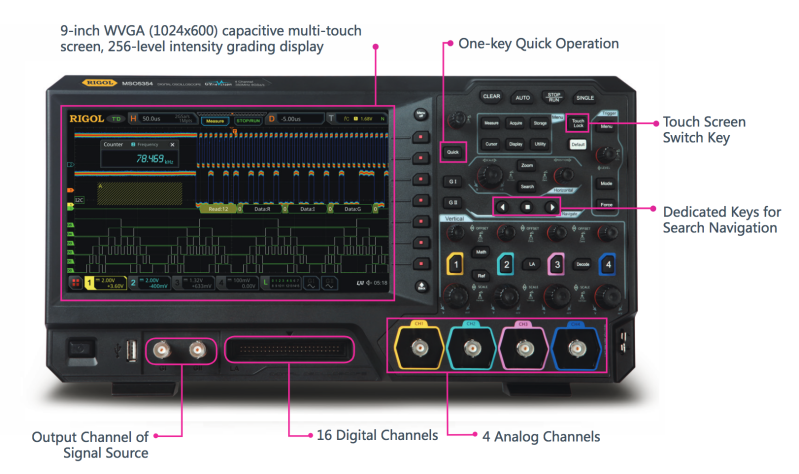Like many pieces of lab equipment, oscilloscopes are both extremely useful and rather intimidating to a fledgling user. Unlike a digital multimeter with its point-and-measure functionality, digital storage oscilloscopes (DSOs) require fundamental knowledge before they can be used properly. Yet at the same time nobody likes reading manuals, so what is one to do? Try the Absolute Beginner’s Guide to DSOs by [Arthur Pini]
[Pini’s] Cliff’s Notes version of your scope’s manual isn’t half bad. It covers the basic user interface and usage of a (stand-alone) DSO. Unfortunately, it focuses a bit too much on a fancy touch-screen Teledyne LeCroy MSO rather than something the average hobbyist is likely to have lying around.
We rather like the PSA-type videos such as the classic ‘“How not to blow up your oscilloscope” video by [Dave] over at EEVBlog. Many guides and introductions cover “what to do,” but covering common safety issues like improper grounding, isolation, or voltages might be a better place to start.
What tutorial or reference work would you hand to an oscilloscope newbie? We can endorse a hands-on approach with a suitable test board. We also enjoyed [Alan’s] video on the topic. Even if you are an old hand, do you know how to use all those strange trigger modes?
















git gud or git rekt scrub
git: ‘gud’ is not a git command. See ‘git –help’.
Anyone have any similar video how-to reco’s for the Rigol line of DSO’s?
At the last local Hamfest I found a small cloth bound hardback ‘CATHODE-RAY OSCILLOGRAPHS’ by JH Reyner, printed in 1943 for $1 AUD. To say that it covers things from first principles would be an understatement.
I found archive.org has a scan of the later 1947 edition:
https://archive.org/details/dli.ernet.13035
Hey, that’s a great find! Thanks for sharing!
Just downloaded the PDF. Thx!!
I bet that scope really whips the Llama’s A**.
Yes, I’m old. Nice choice in colour schemes, tho, that’s really knowing your “i used computers in the 90s” customer base.
Well written article, but why chose a Teledyne LeCroy HDO4104B-MS to illustrate “Basic oscilloscope operation”? Was this a sponsored article?
LeCroy has saved my bacon more than once, and I wish I could afford one. However, anyone who has the $20,000+ to buy that LeCroy beauty, but can’t figure out how to use it, should get out of electronics and run for political office.
BTW: If anyone would like to gift me a new LeCroy, I will gladly accept it – with or without the manual.
Hey, i’ll settle for a Rigol DHO802, if DHO814 is out of the question. I’m not greedy.